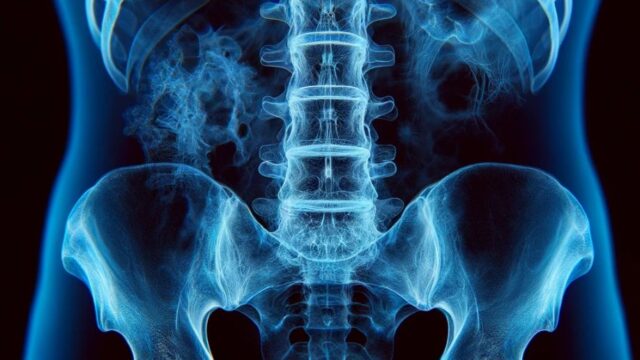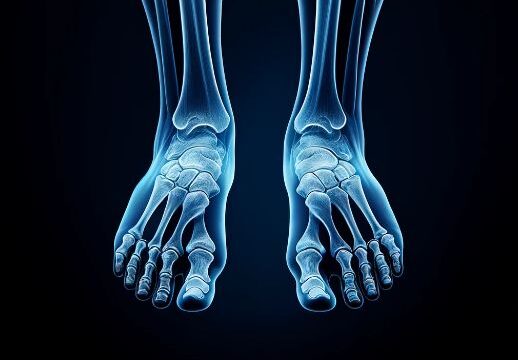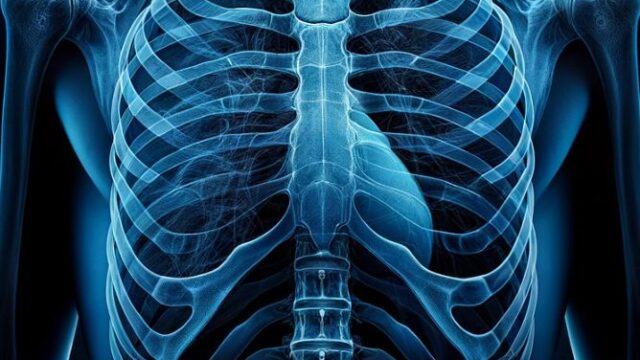Head lateral view
Purpose
Observation of skull fractures, dislocations, tumorous lesions, Paget’s disease, and other conditions from a lateral perspective. In imaging using a horizontal beam, if an air-fluid level is observed in the sphenoid sinus, there is a suspicion of basal skull fracture.
Prior confirmation
In the case of patients who have difficulty changing positions, consider imaging with a horizontal beam in the supine position.
Confirm the purpose of the examination.
Remove any obstacles (hairpins, eyeglasses, earrings, necklaces, dentures, etc.).
Positioning
Position the patient in the prone position with the examined side of the head down (standing or sitting positions are also acceptable).
※In the case of horizontal beam imaging, position the patient in the supine position. Use a pillow to support the head, ensuring that the occipital bone is not cut off. However, if there is a suspected spinal injury, follow the instructions of the physician.
Verify, from the head side and front view, that the mid-sagittal plane is parallel to the cassette.
Place markers (R→L, L→R) without fail.
Maintaining a lateral position for an extended period can be challenging, so complete other preparations beforehand.
CR, distance, field size
CR : Perpendicular beam projection is performed at a point 2 cm superior and 2 cm anterior to the external auditory meatus.
Distance : 100cm
Field size : Include the entire head, including the soft tissues.
Exposure condition
70kV / 16mAs
Grid ( + )
Suspend respiration.
Image, check-point
Normal (Radiopaedia)
Ensure that both external auditory meatuses overlap.
Both mandibular angles should align closely.
The sella turcica should be projected as a tangent.
The outer and inner tables should be observable.
The entire head, including the soft tissues, should be included.
Sinus aeration should be visible.
Videos
Related materials


















